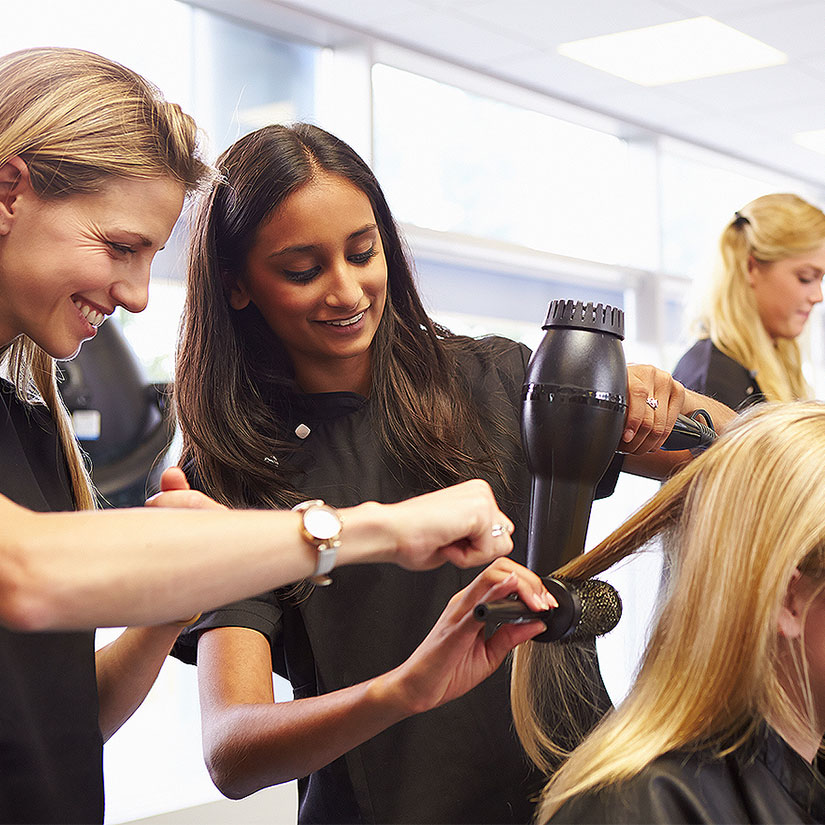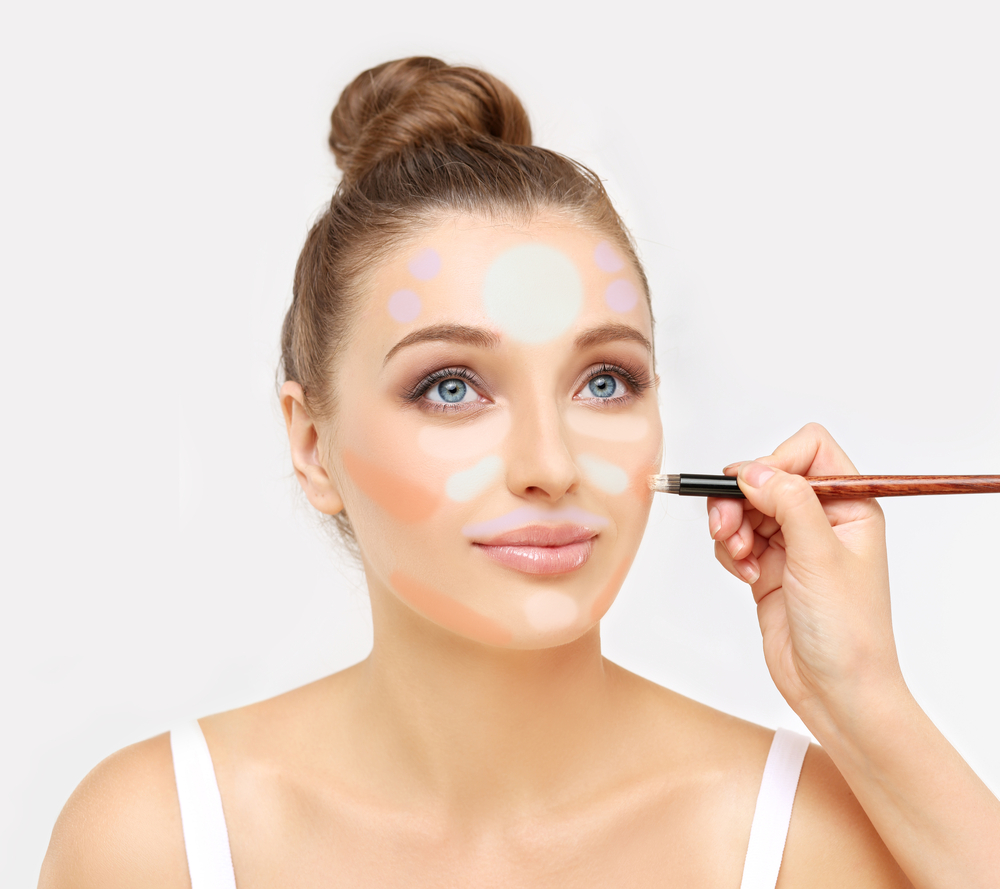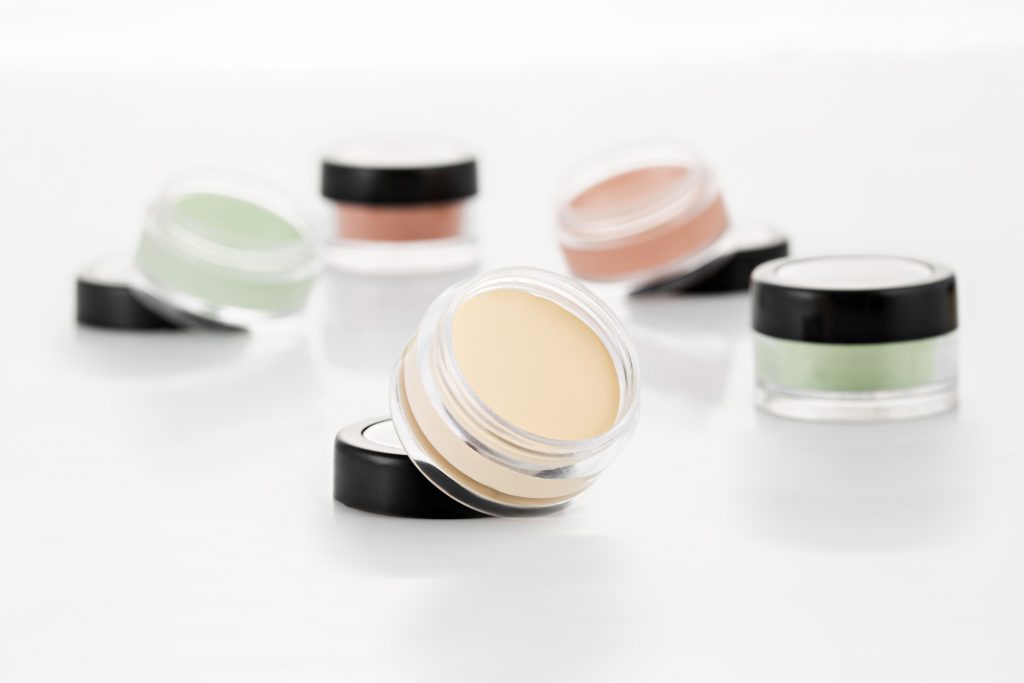When you first start doing makeup, one of the basics you’ll start to learn has to do with color correction. If you’re able to do it correctly, you’ll be able to mitigate color issues that someone is experiencing by adding a very light amount of colored product. This simple method of color correction can be something that can offer benefits to many different skin types. Here’s a quick crash course in color correction for everyone from beginners to experts.
What Is Color Correction?
Color correction is a way to make certain areas of skin look more like the rest of the skin by using makeup to create a seamless appearance. It utilizes the color wheel to mitigate color problems. When you’re having a color-based problem with part of your skin, like redness from acne, you want to add a color that will become brown shade when it mixes with that color.
Artists will have no problem with the concept of color correction because mixing colors is a crucial part of making art. When you’re applying makeup, you’re also creating a type of art—facial art. Being able to manipulate the palette that is your face or your client’s face will be a crucial part of creating the look and appearance you’re trying to achieve.
Using Color Correction
Speaking in vague terms about the color wheel and color correction theory isn’t always helpful if you’re interested in applying these techniques. Instead, you need to know what colors mix with other colors to create that corrected look. Here’s what you should use for each of these skin concerns..
-
Redness and Rosacea
If you’re working with redness, whether from irritation, rosacea, acne or something else, you’re going to need a color-correcting mix with a green undertone for strong redness and yellow for a mild redness. Make sure you only apply it to the reddened areas; these reddened areas can be extremely specific, and straying too far away from them can give a greenish tint to non-red areas.
-
Dark Circles and Dark Spots
If you’re working with someone who hasn’t gotten enough sleep recently, you might see dark circles under that person’s eyes. Just applying foundation will still allow these spots to shine through. The undertone for these red circles is actually blue, which means you need a peach, apricot or orange color to cancel it out.
-
Dull, Lackluster Skin
What if you’re working with skin that seems to lack life? “Sallow” or “dull” skin typically has a yellow undertone, which means you need a purple or pink color to brighten it back up. As you work with more faces that have this problem, you’ll start to recognize which people will need pinker colors and which will need more purple colors.
How to Add Color Correction
It is important to apply color correcting techniques to a fresh face. Prep the skin first by cleansing and moisturizing to help with general skin issues, and apply a primer to ensure easy application of makeup products. If the problem is large, fix it before you add foundation; if it’s smaller, correct it after you add foundation. Don’t rub the color-correcting product; instead, stipple it on gently using a light hand and desired brush. Then cover it with a concealer color that matches the foundation and set with powder.
Conclusion
Color correction doesn’t have to be a complicated process. It can be simple to apply and simple to understand. If you want to learn more than just the basics of color correction, you should consider moving into the professional arena of esthetics. The esthetics course at Tricoci University of Beauty Culture is a great place to turn your love of makeup into a career. Reach out today to an admissions advisor to learn more!



